Russia and Ukraine Present Conflicting Ceasefire Terms Ahead of Istanbul Peace Talks
Russia and Ukraine outlined sharply opposing ceasefire terms ahead of Istanbul peace talks, highlighting deep divides that hinder prospects for a swift resolution.
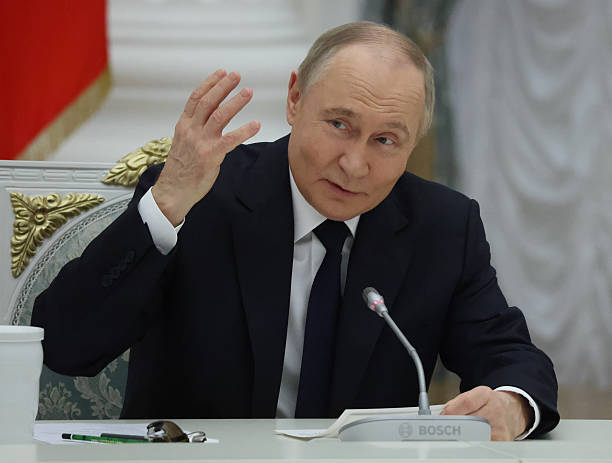 MOSCOW, RUSSIA - MAY 26 (RUSSIA OUT) Russian President Vladimir Putin gestures during his meeting with local business leaders at the Saint Yekeaterina's Hall of the Kremlin, May 26, 2025 in Moscow, Russia. Putin met Russian businessmen, marking the Day of the Entrepreneur. (Photo by Contributor/Getty Images)
MOSCOW, RUSSIA - MAY 26 (RUSSIA OUT) Russian President Vladimir Putin gestures during his meeting with local business leaders at the Saint Yekeaterina's Hall of the Kremlin, May 26, 2025 in Moscow, Russia. Putin met Russian businessmen, marking the Day of the Entrepreneur. (Photo by Contributor/Getty Images)Russia has presented Ukraine with a “memorandum” outlining its conditions for a 30-day ceasefire and a comprehensive peace treaty to end the war that began with Moscow’s invasion in February 2022. The document, delivered after weeks of preparation, outlines maximalist demands that Kyiv and its Western allies have already rejected, making swift agreement unlikely.
Ahead of the direct peace talks in Istanbul, Ukraine reiterated its willingness to declare a 30-day ceasefire without preconditions—a proposal initially floated by U.S. President Donald Trump. Kyiv, however, reaffirmed its refusal to abandon its NATO aspirations and rejected any recognition of Russia’s annexation of Ukrainian territories. The two sides continue to maintain opposing red lines, leaving limited room for negotiation.
According to Russian media, Moscow’s ceasefire proposal gives Ukraine two options. The first demands that Ukraine withdraw its forces from Donetsk, Luhansk, Zaporizhzhia, and Kherson—four regions illegally annexed by Russia in 2022 but not fully controlled. The second “package” option includes halting mobilization, freezing Western arms deliveries, demobilizing the Ukrainian military, banning foreign troops, ending martial law, and holding elections. Only then, the document says, would a comprehensive peace treaty be signed.
Russia's broader terms for a peace treaty demand Ukraine’s international legal recognition of Moscow’s 2014 annexation of Crimea and its 2022 claims to the four occupied regions. It also insists Ukraine declare a neutral status, abandon its NATO bid, reduce its military size, grant Russian equal status as an official language, and ban nationalist groups and “glorification of Nazism”—a reference to unsubstantiated Kremlin narratives rejected by Kyiv and Western governments.
Additionally, Russia calls for both sides to lift all sanctions and claims, resume trade and diplomatic relations, and have the peace treaty endorsed by a U.N. Security Council resolution.
Ukraine’s own memorandum, submitted prior to the talks and shared with allies, insists on a full and unconditional 30-day ceasefire to facilitate broader negotiations. Kyiv rejected Moscow’s demands for neutrality and restrictions on its military and foreign partnerships, reaffirming its right to choose alliances, including potential NATO membership. The proposal also rejects recognition of Russia’s territorial claims, instead using current lines of contact as a negotiation baseline.
Ukraine further calls for international security guarantees, the return of all deported and illegally displaced Ukrainian children, and an “all-for-all” prisoner exchange. It leaves room for phased sanction relief only if Russia complies with the agreement.
Analysts say the contradictory demands make rapid progress unlikely. Russia’s presentation of a formal memorandum may aim to reinforce its negotiating position, despite ongoing fighting. Analysts also note Moscow may be steering Ukraine toward the “package” option by making the territorial withdrawal demand deliberately unviable. Still, the overall tone of Russia’s demands suggests that sustained conflict may continue, even as negotiations proceed.



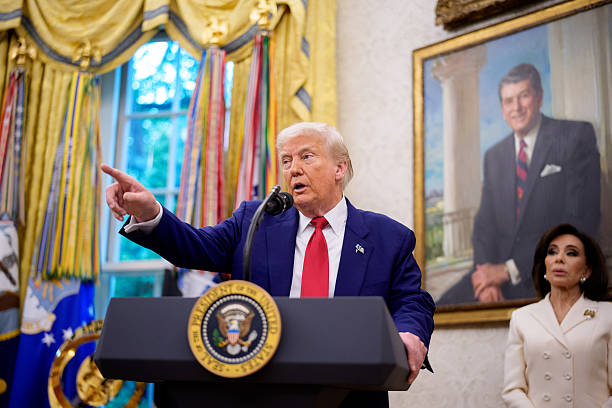
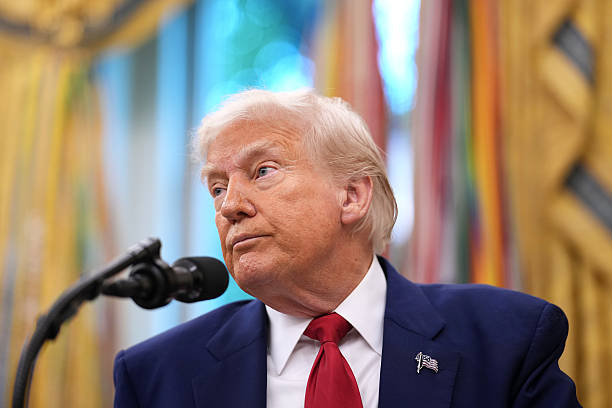
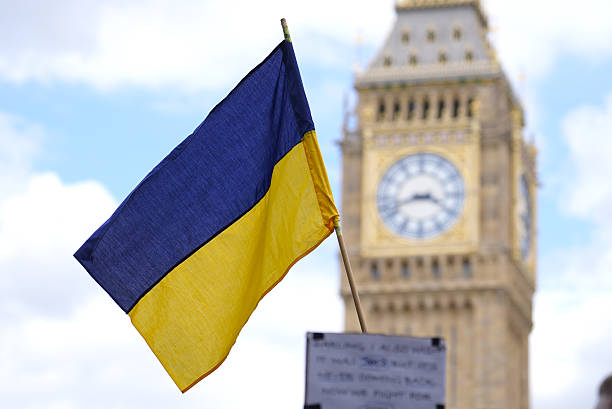
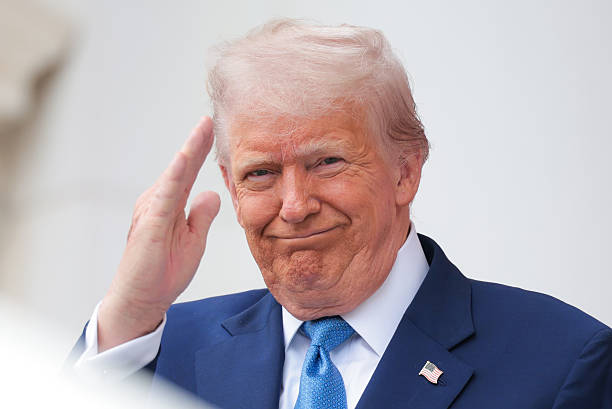
Conversation